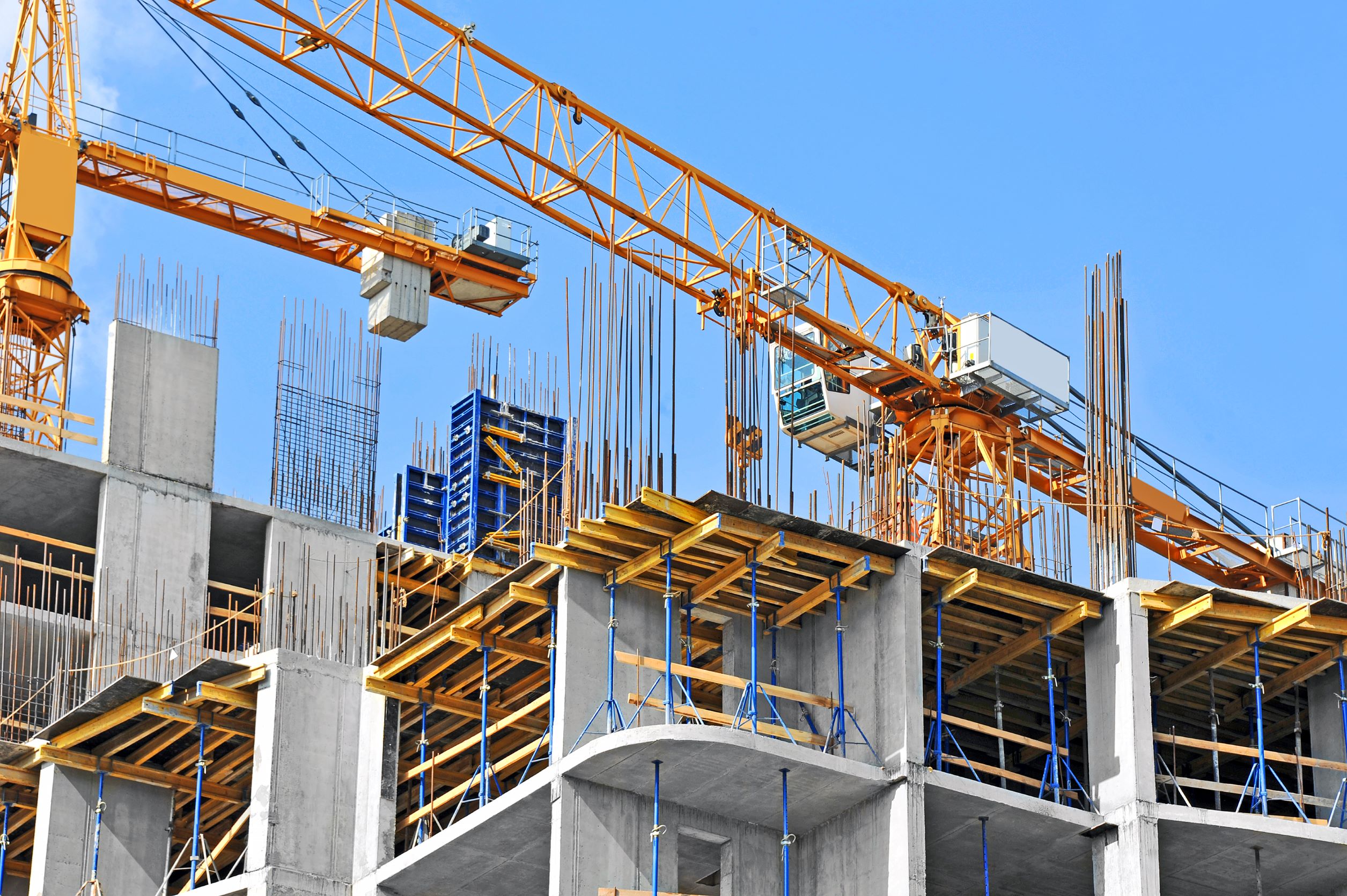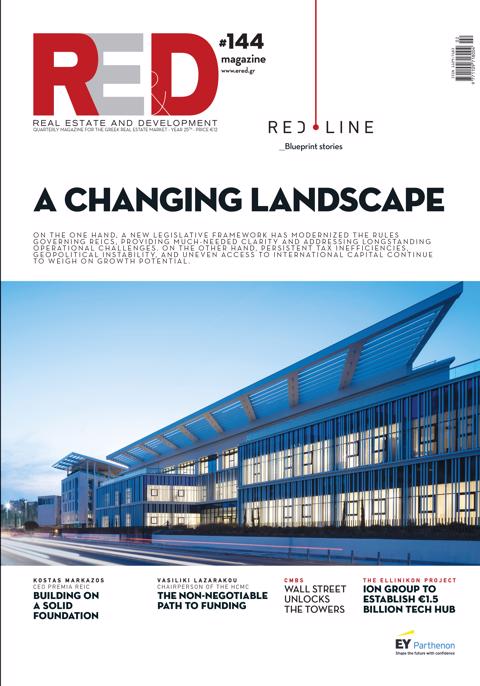2024 was one of the most challenging years for the construction sector in Europe, as economic, political, and geopolitical developments created an atmosphere of uncertainty. The combination of persistent inflation, high interest rates, and social unrest negatively affected demand and slowed construction activity. According to Eurostat, total output in the EU construction sector decreased by 1.5% year-on-year in 2024, with the residential sector being particularly affected.
This decline reflects the pressures faced by both individuals and businesses. Material prices remain high, while increased borrowing costs make many investments unfeasible. At the same time, a lack of labor and delays in implementing public projects in some member states add to the difficulties.
However, the outlook for 2025 and 2026 appears more optimistic. According to Euroconstruct forecasts, construction activity is expected to grow slightly by 0.6% in 2025 and accelerate to 1.8% in 2026, mainly due to increased investment in infrastructure and green energy.
Major European markets and new development hubs
The situation varies significantly from country to country. In Germany, the largest construction market in Europe, the sector was hit by rising costs and the bankruptcies of major companies, although the new €500 billion investment plan for social and energy infrastructure raises expectations for recovery.
In France and Italy, investments in public works and green renovations are helping to support the market, despite delays in absorbing Recovery Fund resources.
In contrast, Spain and Portugal stood out in 2024 for their strong performance, thanks to investments in tourism, residential, and tech infrastructure, as well as the development of new industrial units such as data centers and high-tech factories (giga-factories).
Eastern Europe, with Poland at its center, maintains positive momentum due to development needs and investments in transport and energy networks, although political uncertainties and institutional challenges remain.
The Greek Market: Acceleration of Public Works
Greece showed remarkable resilience and growth in the construction sector in 2024, driven mainly by public works and infrastructure projects, boosted by the use of Recovery and Resilience Facility funds. Projects such as Athens Metro Line 4, the Northern Road Axis of Crete (VOAK), and railway extensions signal the country's shift to large-scale interventions with strong developmental impact.
Significant momentum is also seen in tourism investments, with new luxury units, integrated resorts, and upgrades of existing infrastructure, mainly in the islands and mainland Greece. At the same time, the increased demand for energy-efficient building upgrades and programs such as “Exoikonomo” strengthen smaller construction and technical companies.
Housing presents a dual picture: on one hand, strong demand for short-term rentals and luxury residences; on the other, young households face difficulties accessing home ownership due to high prices and financial constraints.
Challenges such as the shortage of skilled labor, licensing delays, and rising construction costs remain critical. However, the intention to further utilize EU resources and speed up digitization in the technical sector creates positive prospects for 2025–2026.















